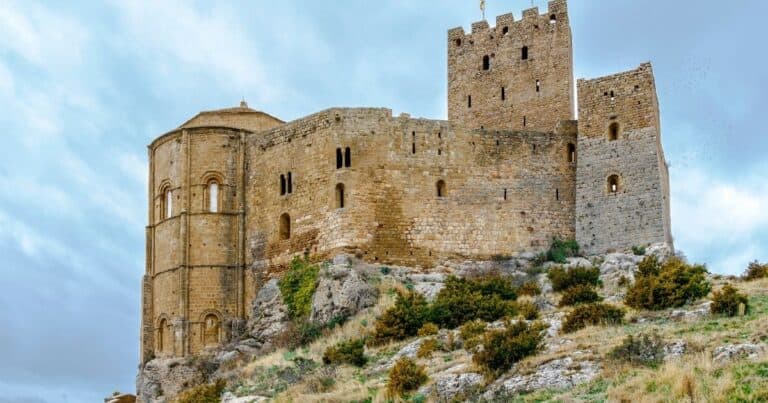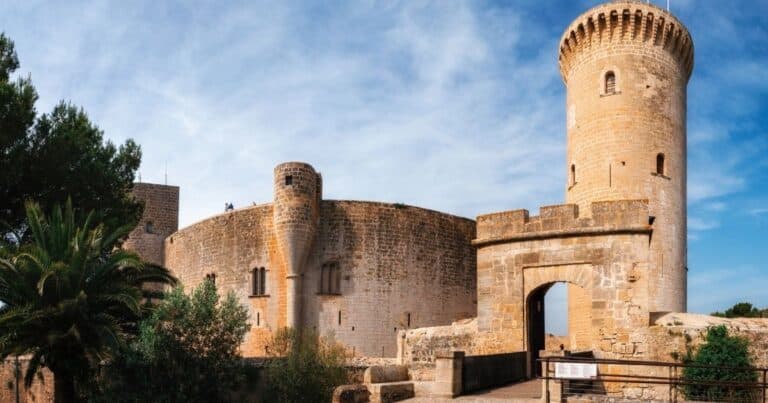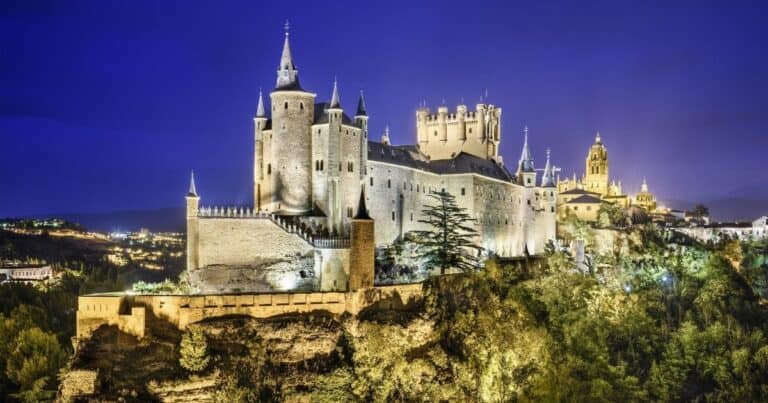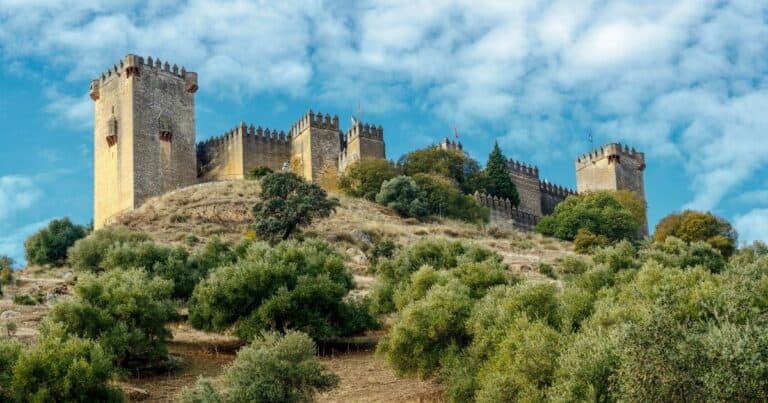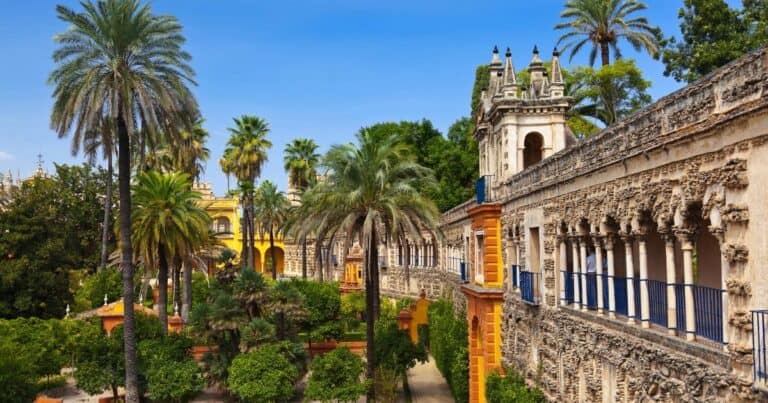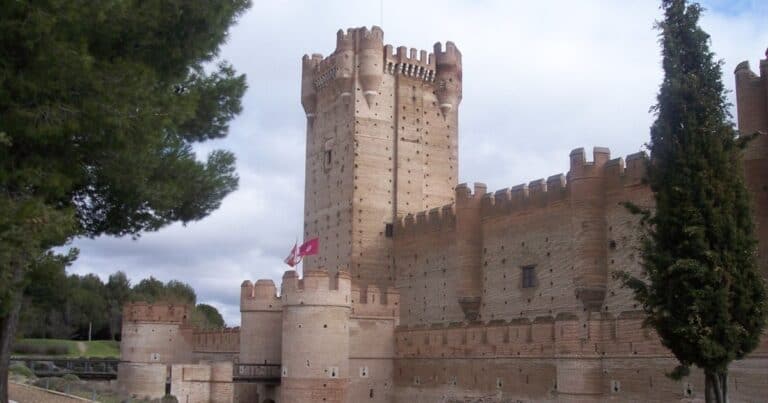Castillo de Xàtiva: A Journey Through History
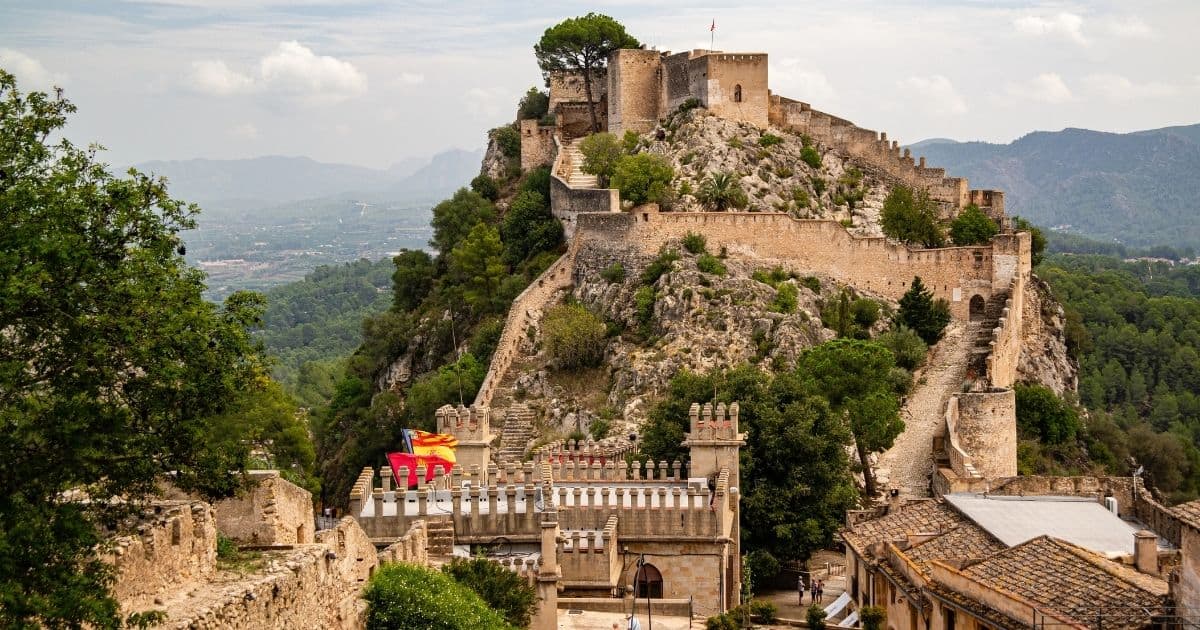
When it comes to historic castles, few can rival the grandeur and allure of Castillo de Xàtiva. Located in the quaint town of Xàtiva near Valencia, Spain, this medieval fortress stands as a testament to the region’s rich and captivating history. As a renowned tourist attraction, the castle welcomes visitors from around the world who are eager to immerse themselves in its architectural marvels and panoramic views.
Step into Castillo de Xàtiva, and you’ll find yourself transported back in time. This ancient stronghold has witnessed the rise and fall of empires, with events that shaped the course of history taking place within its walls. From the conquest by Hannibal and later by the Romans to its strategic importance during medieval conflicts, the castle holds countless mysteries waiting to be unlocked.
But Castillo de Xàtiva is more than a mere relic of the past. Its architectural splendor is a sight to behold, boasting a blend of styles that reflect the castle’s diverse cultural influences over the centuries. From the medieval defensive walls that whisper tales of ancient battles to the neo-Gothic features and the castle church, every corner tells a story of its own.
Yet, one cannot overlook the breathtaking panoramic views that await atop this hillside fortress. As you gaze out over the town of Xàtiva and the surrounding landscapes of Valencia, you’ll be spellbound by the beauty that unfolds before your eyes. The medieval defensive walls, the Iron Gate, and the castle church offer vantage points that truly capture the essence of this time capsule.
Key Takeaways:
- Castillo de Xàtiva is a historic castle and popular tourist attraction in Xàtiva, near Valencia, Spain.
- The castle holds historical significance, including the conquest by Hannibal, the Romans’ control, and its role in medieval conflicts.
- Castillo de Xàtiva showcases a blend of architectural styles, from medieval defensive walls to neo-Gothic features.
- The castle offers stunning panoramic views of Xàtiva and the surrounding landscapes of Valencia.
- A visit to Castillo de Xàtiva promises a journey through history and unforgettable experiences.
Unlocking the Mysteries of Xàtiva Castle’s Past
The history of Xàtiva Castle is a tale filled with intriguing stories and events that have shaped its identity over the centuries. From its role in the conquest of the Roman city of Saguntum to its strategic importance in medieval conflicts, the castle has seen its fair share of historical significance. Let’s delve into the mysteries and uncover the fascinating past of Xàtiva Castle.
The Conquest by Hannibal and Later by the Romans
Legend has it that Xàtiva Castle played a pivotal role in the conquest of the Roman city of Saguntum. It is said that the great Carthaginian general, Hannibal, used the castle as a base to plot his campaign against Saguntum. The Romans eventually gained control of the castle, leaving behind evidence of their presence and influence.
Strategic Importance During the Medieval Conflicts
Xàtiva Castle rose to prominence during the turbulent medieval period, becoming a strategically important stronghold in the conflicts between the Kingdom of Valencia and Castile. The castle witnessed fierce battles and sieges that shaped the history of Spain. Its defensible position atop a hill made it a key asset in the region’s power struggles.
The Treaty of Xàtiva and the Siege of 1707
A significant event in the history of Xàtiva Castle was the signing of the Treaty of Xàtiva. This treaty marked the end of the War of Spanish Succession and had far-reaching consequences for the castle and its surroundings. The castle also endured the siege of 1707 when Castilian and French troops launched a devastating attack, leaving scars on the fortress and further adding to its historical significance.
Exploring the Architectural Marvel of Castillo de Xàtiva
The Castillo de Xàtiva is not only historically significant but also a remarkable architectural marvel. The castle showcases a blend of architectural styles, reflecting its diverse cultural influences throughout the centuries.
The medieval defensive walls are a prominent feature of the fortress, offering insights into the military strategies employed during that era. The Iron Gate, also known as Porta Ferrissa, is a notable entrance that displays the city’s coat of arms.
The castle’s central courtyard, known as Plaza de Armas, exhibits elements of Islamic and neo-Gothic architecture. The castle church, situated within the castle grounds, is another highlight, showcasing its own unique architectural features.
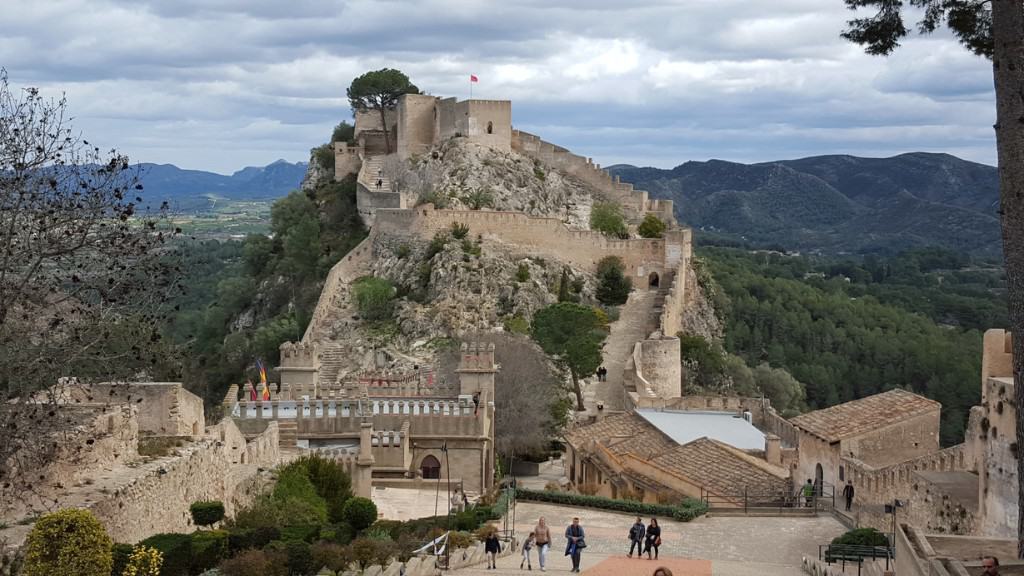
Castillo de Xàtiva: A Panoramic Time Capsule
Aside from its historical and architectural significance, Castillo de Xàtiva offers visitors breathtaking panoramic views of the surrounding area. Perched atop a hill, the castle provides a vantage point that allows visitors to admire the picturesque landscapes of Valencia.
The medieval defensive walls, along with the Iron Gate, command stunning views and serve as a reminder of the castle’s strategic defensive position. These walls, built during the medieval period, showcase the fortress’s robust defense mechanisms and the skill of the builders in employing different architectural elements to fortify the castle.
Additionally, the castle’s neo-Gothic features and the castle church offer unique perspectives and further enhance the overall experience of exploring this panoramic time capsule. The neo-Gothic architecture adds a touch of elegance and sophistication to the castle, while the castle church provides a glimpse into the religious practices of the time.
Conclusion
In conclusion, a visit to Castillo de Xàtiva is a journey through history that is sure to leave a lasting impression. This captivating destination offers a unique and memorable experience, showcasing its rich historical significance, impressive architecture, and panoramic views. Whether you’re a history enthusiast, an architecture lover, or simply seeking awe-inspiring views, Xàtiva Castle has something to offer.
When planning your trip to Xàtiva Castle, be sure to consider the best time to visit and the operating hours of the castle. Take the opportunity to explore the nearby attractions and accommodations as well, ensuring a convenient and enjoyable stay. When you step foot within the castle’s walls, you’ll find yourself immersed in a time capsule of medieval history, providing a glimpse into Spain’s past.
So, if you’re looking for a destination that combines historical intrigue, architectural marvels, and breathtaking views, you can’t go wrong with one of Spain’s many important castles or Castillos as they are referred to in Spain. Make sure to include Xàtiva Castle on your itinerary. It’s an experience that will transport you to another era and leave you with a profound appreciation for the layers of history woven into its walls. Come and explore Castillo de Xàtiva to discover the magic and beauty it holds within.
FAQ
When was Castillo de Xàtiva built?
The exact date of the castle’s construction is uncertain, but it has origins dating back to the Iberian period. Over the centuries, it has been expanded and renovated multiple times.
How much does it cost to visit Xàtiva Castle?
The ticket prices for visiting Xàtiva Castle vary depending on the season and age group. It is best to check the official website or inquire at the ticket office for the latest information.
What are the operating hours of Castillo de Xàtiva?
The castle’s operating hours may vary throughout the year. It is recommended to check the official website or contact the castle directly for the most up-to-date opening and closing times.
Are there guided tours available at Xàtiva Castle?
Yes, guided tours are available at Xàtiva Castle. These tours provide in-depth insights into the castle’s history, architecture, and notable events. It is advisable to book in advance to ensure availability.
Can I take photos inside the castle?
Yes, photography is allowed inside Xàtiva Castle. Visitors are encouraged to capture the stunning views and unique architectural features of the castle but are advised to be respectful of other visitors and the historical artifacts.

